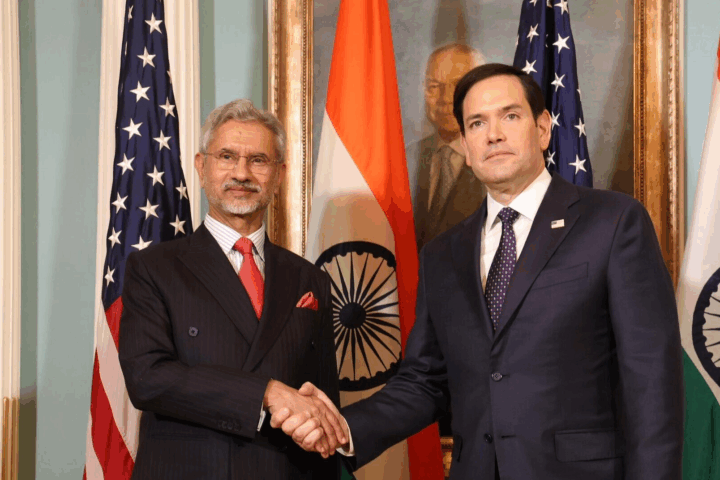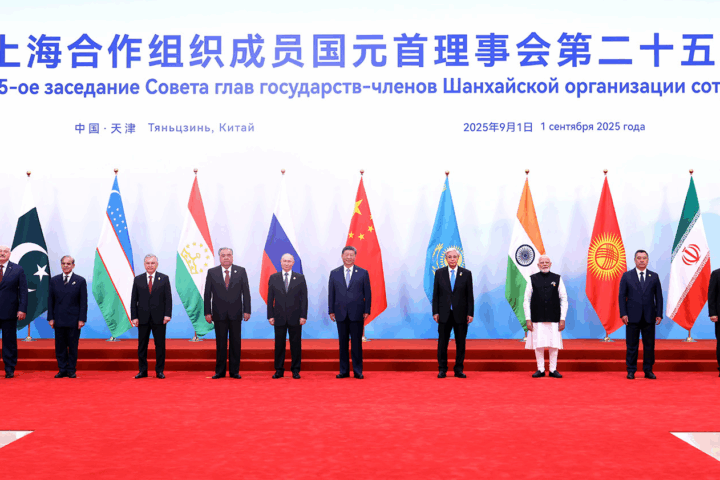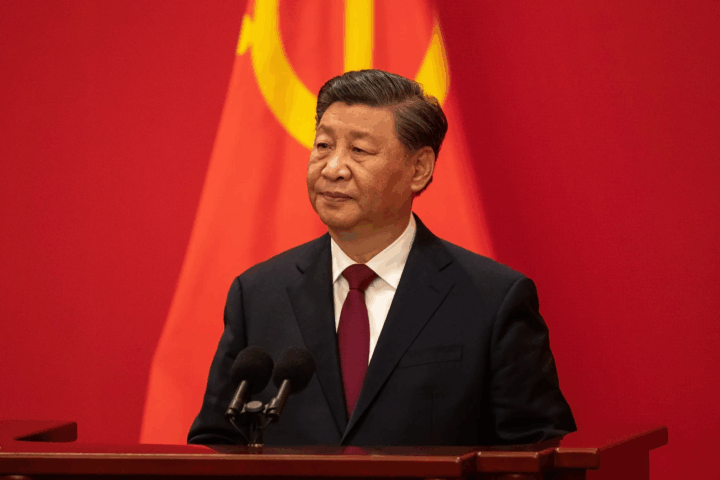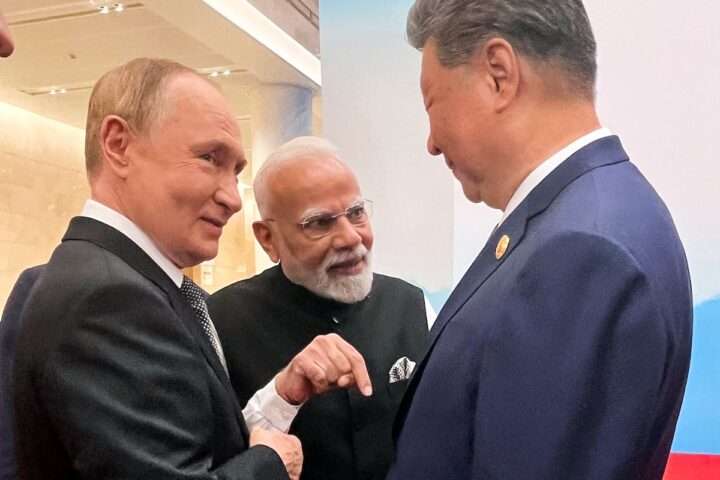As a student of Security Studies, I tend to follow global escalations and study military conflicts closely, but India’s recent Operation Sindoor against Pakistan immediately caught my attention for a different reason. In the days following the clashes, my social media feeds were flooded with videos, images, and commentary hailing the prowess of India’s indigenous defense systems. Curious about whether the hype matched reality, I decided to dig deeper. What I found was nothing short of astonishing: not only was the praise justified, but the scale, sophistication, and success of India’s homegrown military technology far exceeded anything I had anticipated!
For decades, India was perceived as a silent observer on the world stage — powerful but hesitant, growing but non-confrontational. Militarily, it was seen as a regional force, often dependent on imported hardware, and largely committed to a doctrine of restraint.
That perception, however, came crashing down in May 2025, during the brief but decisive clash with Pakistan, which India calls ‘Operation Sindoor’.
In just four days, India showcased not only the ferocity of its military response but, crucially, the power of its indigenous defense technology. For the first time in modern history, Indian-made weapons systems formed the backbone of a high-intensity military operation — and delivered results with staggering efficiency and precision. The world was watching, and what it saw was a very different India: confident, autonomous, and militarily formidable.
A Conflict Sparked, A Capability Revealed
The spark was lit by a Pakistan-backed terrorist attack in Pahalgam, Jammu and Kashmir, on April 22, 2025, which claimed 28 lives, mostly innocent civilians. India’s response, unlike previous cycles of action and diplomatic caution, was swift and strategic.
Over the next four days, India unleashed a series of meticulously planned military strikes across the border. But it wasn’t the strikes alone that captured international attention — it was how India achieved its objectives.
At the heart of the operation were indigenous systems that had been decades in the making but had rarely been tested under full-scale conflict conditions. That changed dramatically.
The Akash Missile Shield: India’s First Line of Defense
Pakistan’s offensive, characterized by a massive deployment of drones and missile strikes, was designed to overwhelm Indian defenses. It failed.
India’s Akash Surface-to-Air Missile (SAM) system — developed entirely by DRDO and Indian industry — proved to be the game-changer. Using phased-array radar and command-guided interceptors, Akash batteries successfully neutralized dozens of incoming threats across 15 key military installations.
On the night of May 8th alone, Indian forces, using Akash systems deployed across the western border and the Line of Control (LoC), intercepted and destroyed a large proportion of Pakistan’s drone and munition attacks. Defense Ministry officials confirmed a hit rate exceeding 90% — a figure independently corroborated by satellite surveillance analysts in open-source intelligence (OSINT) circles.
More significantly, Akash’s performance validated years of investment in autonomous and networked air defense. Designed to work in group mode with seamless data integration, it provided layered protection alongside older systems like the Pechora and the newer MR-SAMs.
In one fell swoop, Akash proved that Indian air defense is no longer a patchwork of imported platforms but a coherent, indigenous shield.
BrahMos: India’s Sword
While Akash defended Indian skies, the offensive response was led by another “Made in India” marvel: the BrahMos supersonic cruise missile.
On May 9th, there were speculations on social media about its operational use. It was later confirmed that BrahMos missiles had struck key terror infrastructure deep inside Pakistani territory — specifically, Jaish-e-Mohammed’s command center in Bahawalpur.
The BrahMos’ blistering Mach 2.8 speed and terrain-hugging trajectory made interception virtually impossible. High-resolution satellite imagery showed pinpoint destruction of Pakistani military assets, with minimal civilian impact. Analysts from the Modern War Institute described the BrahMos strikes as “surgical with millimetric precision” — a gold standard rarely achieved in modern warfare.
Defeating the Drone Swarm: Indigenous Anti-Drone Systems
Another critical element was India’s response to Pakistan’s drone warfare tactics. Over 300 drones, many of Turkish origin, were launched across sectors from Leh to Sir Creek. Historically, drone swarms have been difficult even for advanced militaries like the United States to neutralize in real-time battlefield conditions.
Yet India’s indigenous D4 anti-drone systems, developed by DRDO and BEL, rose to the challenge. These systems detected, tracked, and neutralized drones through a mix of jamming, GPS spoofing, and directed energy weapons.
According to former DRDO Chairman G. Satheesh Reddy, “This war was fought with the technology of Atmanirbhar Bharat… The anti-drone systems, both in detection and destruction modes, proved decisive.” Independent assessments by StratFor indicated that the D4 systems neutralized approximately 85% of incoming drones, a remarkably high figure compared to global benchmarks.
The Sum of the Parts: Integrated Indigenous Warfare
Operation Sindoor was not just about isolated technological successes. It was about integrated warfare — the seamless blending of indigenous systems to create an effective defensive and offensive architecture.
The Pinaka Multi-Barrel Rocket Launchers provided devastating artillery support; upgraded indigenous L-70 anti-aircraft guns countered low-flying drone threats; Harop loitering munitions dismantled Pakistani radar sites, creating operational “blind spots” that enabled follow-up strikes.
The fact that these diverse systems — developed in different decades and under different governments — operated cohesively is a testament to India’s growing competence in systems integration and battlefield command.
Global Strategic Implications
If India’s indigenous capabilities surprised analysts, it also caused a profound reassessment in Western capitals.
John Spencer of the Modern War Institute called Operation Sindoor “a masterclass in measured escalation backed by overwhelming indigenous force.” He emphasized that India “changed the regional strategic equation by asserting escalation dominance, precision capability, and political will.”
"After just four days of calibrated military action, it is objectively conclusive: India achieved a massive victory. Operation Sindoor met and exceeded its strategic aims—destroying terrorist infrastructure, demonstrating military superiority, restoring deterrence, and unveiling… https://t.co/YvxCjaJJRs
— John Spencer (@SpencerGuard) May 14, 2025
Navroop Singh, a geopolitical strategist, put it even more bluntly: “The G2 narrative — where only the U.S. and China dictate global stability — is dead. India’s emergence as a military-technological power is no longer aspirational; it’s real.”
"This is a clear-cut victory for India," said Tom Cooper (aerial warfare analyst) | #Exclusive#India #Pakistan #IndiaPakConflict #5Live | @gauravcsawant pic.twitter.com/AzNK7xqnda
— IndiaToday (@IndiaToday) May 14, 2025
In Paris, Tel Aviv, and even Washington, policymakers recognized a new reality: India is not just a market for defense imports — it is a player capable of developing, deploying, and integrating cutting-edge military technologies at scale.

Furthermore, India is confirmed to possess a full nuclear triad, capable of delivering nuclear weapons through land-based missiles, strategic aircraft, and submarine-launched systems.
Key Components of India’s Triad
- Land-Based:
- Agni-V (5,500 km range ICBM)
- Prithvi-II (350 km SRBM)
- Sea-Based:
- INS Arihant/Arighat (nuclear-powered submarines)
- K-15 Sagarika (750 km SLBM) and K-4 (3,500 km SLBM)
- Air-Based:
- Rafale and Mirage 2000H fighters with nuclear gravity bombs
- Jaguar strike aircraft
This capability places India among an elite group of nations with such a comprehensive deterrence infrastructure.
| Country | Land | Sea | Air |
|---|---|---|---|
| India | Agni-V ICBM | INS Arihant (K-15/K-4 SLBMs) | Rafale, Mirage 2000H |
| USA | Minuteman III | Ohio-class subs (Trident II) | B-2/B-52 bombers |
| Russia | RS-24 Yars | Borei-class subs (Bulava) | Tu-95/Tu-160 bombers |
| China | DF-41 ICBM | Type 094 subs (JL-2) | H-6N bombers |
Export Potential: A New Arms Power Emerges
The impact on defense exports has been immediate. Having crossed ₹23,622 crore ($2.76 billion) in defense exports in 2024-25 — a 34-fold increase from a decade ago — India’s systems are now in hot demand.
- Armenia has already signed deals for Akash SAM batteries and Pinaka rocket systems worth $720 million.
- Vietnam and Brazil are negotiating co-production agreements.
- Egypt is evaluating the Nagastra-1 loitering munitions, which performed successfully during the operation.
- The Philippines has expanded its BrahMos orders after witnessing the missile’s battlefield effectiveness.
Given this trajectory, India’s goal of ₹50,000 crore ($6 billion) in annual defense exports by 2029 now seems not just feasible but likely.
Strategic Autonomy: The Big Picture
Beyond the battlefield successes and export growth, the Indian Operation Sindoor highlighted a deeper strategic shift. India’s indigenous capabilities aim to reduce dependence on foreign suppliers — a critical factor in an era where global supply chains are under stress and great-power rivalries often restrict defense cooperation.
The Akash system, for instance, is 96% indigenous by value. The BrahMos manufacturing chain is overwhelmingly Indian. The anti-drone D4 systems are entirely domestically produced.
This growing self-reliance, under the Atmanirbhar Bharat initiative, provides India strategic autonomy: the ability to act decisively in its security interests without waiting for foreign approvals, spare parts, or diplomatic green lights.
A New India That the World Must Reckon With
Operation Sindoor was more than a military victory. It was an unveiling — a moment when India showed, without braggadocio or bluster, what decades of investment in indigenous technology and quiet military professionalism can achieve.
As international security expert John Spencer summed up, “India’s restraint is not weakness; it is maturity. But when forced to act, India has shown it can impose costs, redefine thresholds, and retain escalation dominance.”
The world, especially the West, must now recalibrate its views. India is no longer the gentle, hesitant power of the 20th century. It is a confident, self-reliant, technologically capable military force — one that acts when it must, and when it does, acts with devastating precision.
And perhaps, most importantly, India’s success is homegrown. Built not with dependency but with determination. Forged not in foreign factories, but in Indian laboratories, testing grounds, and workshops.
The rise of the indigenous Indian defense might is no longer a future possibility. It is the present reality. And the world must take note.











